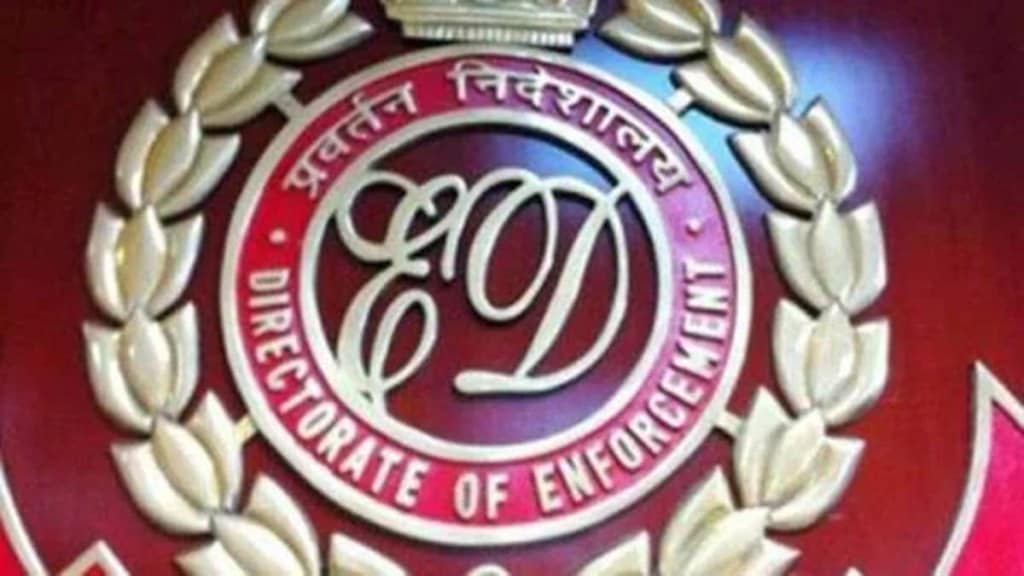The Insolvency and Bankruptcy Board of India (IBBI) and Enforcement Directorate (ED) have mutually devised a mechanism, allowing insolvency professionals (IPs) to bring assets of corporate debtors attached by the Enforcement Directorate (ED) back into the resolution pool. Such restitution of the assets is expected to give a fillip to the resolution process, by reducing the chances of the prosecution process against errant promoters for their past wrong deeds undermining the value of the assets being salvaged.
A conflict between the Insolvency Bankruptcy Code, 2016 (IBC) and the Prevention of Money Laundering Act 2002, which most ED actions are based on, have engaged the courts for the last many years. This is despite the IBC containing Section 32 (A), introduced in December 2019, that reinforced immunity to the corporate debtor and its assets from prosecution under other laws. PMLA, like IBC, has an overriding nature, which made the issue more intractable.
In a new circular, the IBBI said that in cases where assets of the corporate debtor are attached by the ED under the PMLA, the IPs can file an application before a special court under Sections 8(7) or 8(8) of the PMLA for restitution of the attached assets.
Further, to facilitate the speedy disposal of such applications by the special courts, the IBBI, in consultation with the ED, has formulated a standard undertaking to be furnished by the IPs along with the application for restitution.
“It has been observed that in certain cases under the Insolvency and Bankruptcy Code, 2016 (IBC), the assets of the corporate debtor are under attachment by the ED under the provisions of the PMLA. The restitution of such attached assets can significantly enhance the value of the corporate debtor thereby leading to higher realisation,” the IBBI circular said.
Experts said that the circular guides IPs on the protocol to be adopted in cases where assets of the corporate debtor are attached under the PMLA. “This is a positive step to harmonise the operation of the IBC and PMLA and strengthens IBBI’s objective of faster value maximisation during the pendency of the Corporate Insolvency Resolution Process (CIRP). The mechanism is likely to result in reducing litigation and in parallel providing transparency to the ED and courts on the treatment and disposal of the assets being restituted,” said Prateek Kumar, partner at Khaitan & Co.
Srinivasa Rao, partner at Nangia Andersen LLP said that this step is a practical effort by both the agencies to finally resolve a major conflict. “The standoff between IBBI and ED often stalls the entire insolvency process, reducing the company’s value. This move reassures the ED that the assets will not benefit the original wrongdoers and mandates full cooperation, disclosures, and periodic reporting by the IP, effectively creating a working mechanism to maximise asset value under the IBC while still respecting and protecting the penal objectives of the PMLA,” he said.
The IBBI circular has outlined the provisions of the undertaking that IPs have to follow while filing the application. This includes an assurance that the restituted assets will not be utilised in any manner to benefit any person or entity named as an accused in, or charge-sheeted by the ED or any relevant predicate agency. Additionally, IPs will be required to submit quarterly reports on the status of the resistuted assets with the special court. IPs will also have to extend full cooperation to the ED during investigation, including providing details of preferential, undervalued, fraudulent, or extortionate (PUFE) transactions, and sharing details of the committee of creditors (CoC).
“By introducing structured undertaking framework, this circular seeks to ensure transparency in how restituted assets are managed while protecting the integrity of resolution process. This move will also help the practitioners who have to invoke different jurisdictions like NCLT, PMLA-Appellate Tribunal, Special Court, and Writ Court for release of the attached assets due to ambiguous overlap between NCLT and PMLA jurisdictions,” said Vijay K. Singh, senior partner at S&A Law Offices.
Even though Section 238 of IBC provides gives its overriding powers over other laws when there’s a conflict, several judgements held the attachment of assets under PMLA valid. In Kalyani Transco v. Bhushan Power and Steel & Others, the Supreme Court, for instance, said that statutory powers of ED under PMLA are outside the ambit of NCLT/NCLAT’s jurisdiction under IBC.
Experts have contended that the notion that crime proceeds offered as security to creditors rightfully belong to them, rather than the government. The government’s role in such cases must be restricted to taking penal measures against the offenders for contravention of the law, they argued. Protection of corporate debtor’s assets is expected to increase the chances for revival of the business concerned.
PMLA criminalises money laundering and gives a framework to confiscate and prosecute the criminal activities while the IBC aims to rehabilitate companies and maximise asset value for financial creditors.

